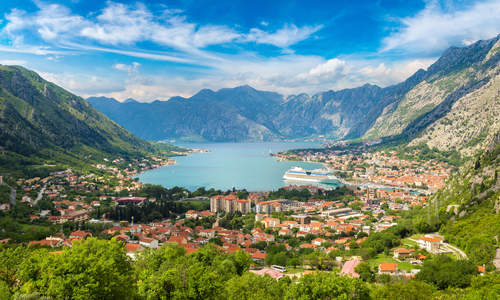Introduction
Latvia, sandwiched between Estonia and Lithuania, is rife with history, legends and myths that are little known outside the Baltics. Cobbled streets, picture-perfect painted houses and three medieval Old Towns with World Heritage status are amongst the treasures to uncover
Riga is the biggest city in the Baltics and a fascinating place to spend time; stroll the World Heritage-listed medieval Old Town, trawl the massive central market, discover Gothic, Baroque, Classical and Art Nouveau buildings, climb St Peter's Church for stunning views and then retreat to the charming candle-lit bars and atmospheric night spots.
Away from the capital, relax on the pleasant stretch of sand and dunes at Jurmala, nicknamed the Pearl of Latvia. Lined with pine trees, the resort comprises 12 small villages and stretches along the Gulf of Riga; swimmers stay in the water late during the summer courtesy of the Midnight Sun. Elsewhere, Cape Kolka on the Livonian Coast is a wilderness of sea, sand, beaches and pine forests that's home to the remaining Livonian people, of whom there are less than 200 in Latvia.
The town of Kuldiga, founded by German knights in the thirteenth century, is the access point for exploring the Riezupe sand caves in the summer and enjoying winter sports the rest of the year. Latvia's highest waterfall, Ventas Rumba, and the spectacular Sigulda Castle are also close by. The most elegant property though is the eighteenth century Rundale Palace, which fuses Baroque and Rococo styles.




















